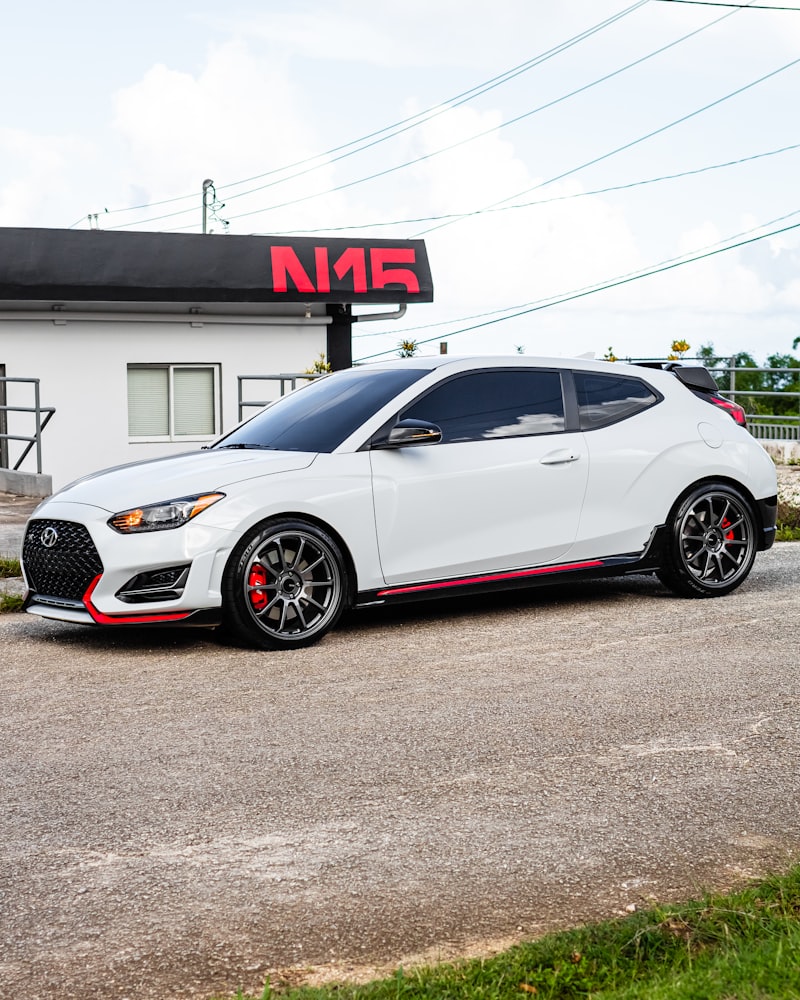The Hyundai Veloster is a unique and compelling choice for those seeking a sporty hatchback that stands out in its class. With its distinctive three-door design and zippy performance, it attracts a range of buyers from young enthusiasts to practical drivers. However, not all Velosters are created equal. When considering a purchase, it’s paramount to understand which model years to avoid, along with the underlying issues that could affect long-term satisfaction. This buyer’s guide aims to delve into the intricacies of the Hyundai Veloster, providing insights into the years that may pose challenges to potential owners.
Understanding the Hyundai Veloster
The Hyundai Veloster first rolled onto the scene in 2011, quickly garnering attention for its unconventional styling and sporty handling. Its asymmetrical door configuration, comprising one driver-side door and two passenger doors, sets it apart from traditional hatchbacks. Over the years, the Veloster has undergone several updates, including performance enhancements and a redesign in 2019. However, as with any vehicle, some model years have been plagued with problems that can deter buyers. Evaluating these troublesome years can save you from future headaches.
Model Years to Avoid
While there are many commendable aspects of the Hyundai Veloster, certain model years should be approached with caution. Specifically, the models from 2012, 2013, and 2019 have been noted for various prevalent issues. Let’s take a closer look at each of these years.
2012 Hyundai Veloster
The 2012 Veloster, while appealing in design, is often criticized for its problematic engine. Many owners reported issues related to the vehicle’s 1.6-liter GDI engine, including a concerning number of complaints about engine failure. In some cases, these failures occurred at relatively low mileage, leading to expensive repairs. The vehicle’s transmission also came under fire, with reports of rough shifting and premature wear. Given these prevalent issues, prospective buyers should be cautious and perhaps consider later years having resolved these initial flaws.
2013 Hyundai Veloster
The 2013 model year did little to assuage the concerns raised by its predecessor. While it introduced some minor updates, it still carried forward many of the same engine issues. Additionally, electrical problems began to surface, notably with the vehicle’s infotainment system, leading to frustration among users. Built-in tech should enhance your driving experience, but in this case, it detracted from the overall ownership satisfaction. Furthermore, numerous reports pertain to premature tire wear and suspension complaints — factors that can lead to significant long-term costs. Buyers are advised to weigh these points carefully when considering the 2013 Veloster.
2019 Hyundai Veloster
Fast forward to the 2019 refresh, which brought a sleek overhaul and new technology options; however, it also introduced a series of quality control issues. Owners have reported several problems, particularly with the new automatic transmission, which, despite improvements, has been known to act erratically at times. Engine responses can occasionally be sluggish, detracting from that sporty driving experience Veloster enthusiasts expect. The tech also saw mixed reviews, with malfunctioning touchscreen displays and glitches affecting the user interface. While the 2019 model is more visually appealing and introduces a turbo variant, the underlying quality concerns warrant careful consideration.
Factors to Consider When Buying a Veloster
When embarking on your Veloster journey, here are key considerations to help you make an informed purchase:
- Inspect the Vehicle History: Always request a vehicle history report. Look for any incidents of significant repairs, especially regarding the engine or transmission. A clean report should mitigate some concerns.
- Conduct a Thorough Inspection: Whether you’re buying new or used, have a trusted mechanic perform an inspection. They can catch potential issues that might not be evident to the untrained eye.
- Test Drive: Experience firsthand how the car handles. Pay attention to transmission responsiveness, engine sounds, and any warning lights on the dashboard. It’s essential to ensure you feel comfortable behind the wheel.
- Warranty Considerations: Hyundai vehicles typically come with a generous warranty; if you’re looking at a used Veloster, ensure it’s still under warranty for peace of mind. Extended warranties can also be a sensible option.
Alternatives to the Veloster
If after careful consideration, you feel that the Veloster’s drawbacks outweigh its appeal, several alternatives might suit your sporty hatchback needs:
- Honda Civic Type R: Renowned for its performance and reliability, the Type R delivers a thrilling ride with ample cargo space.
- Volkswagen GTI: Combining practicality with spirited handling, the GTI stands as a benchmark in the hot hatch category.
- Ford Focus ST: Known for its turbocharged performance, the Focus ST offers an engaging driving experience with competitive pricing.
Final Thoughts
While the Hyundai Veloster can undoubtedly be a fun and stylish choice, buyers should approach certain model years with circumspection. The enduring charm of its design may tempt enthusiasts, but understanding potential pitfalls can lead to a much more fulfilling ownership experience. Remain vigilant, explore alternatives, and ultimately select a model that aligns with your expectations and lifestyle. A well-informed buyer is the best kind of buyer, ensuring that your time spent behind the wheel is nothing short of exhilarating.
